Ideology is a reflection of social being through the prism of social group or class interests (Nealon, and Giroux 94). The purpose of ideology is the development of value systems in justifying what should be and should not be in the civilized social world. Sometimes, the scope of ideology includes its nature; people understand it as a reflection of being and refract through social group interests (Nealon, and Giroux 96). In fact, ideology does not reflect as much, as it distorts. It always expresses the interests of a society’s part; its main principle is not the one of objectivity as in the natural sciences, but the principle of partiality which means the definiteness of the social position of the subject. So, how do our perception and understanding create ideology? The content of ideology includes a system of ideas and a program of actions. The interest of a social group in the general picture of the world crossed in numerous moments with similar interest by other sections of society. Such a coincidence is enough to pretend a part to be the whole, an illusion to be a reality. Material and information conditions of people’s lives (including propaganda) make it very likely that individuals assimilate private views of one or another ideology (Nealon, and Giroux 95). So, ideology ground on the interests of a “subject” and not on the object of cognition.
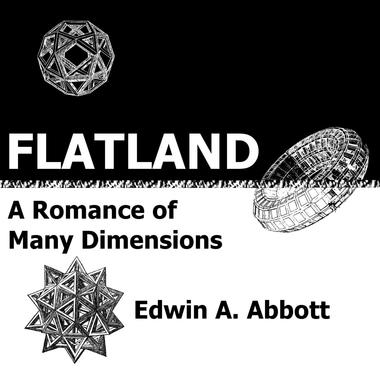
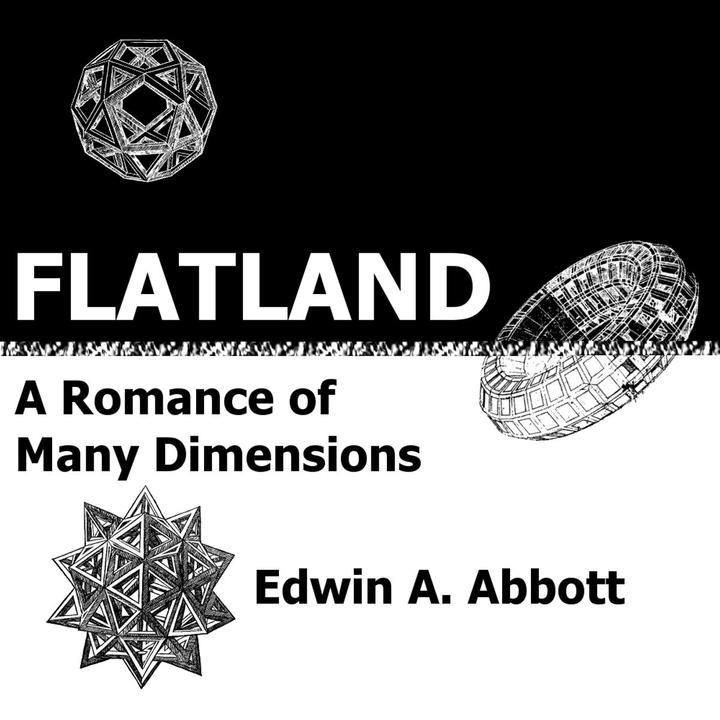
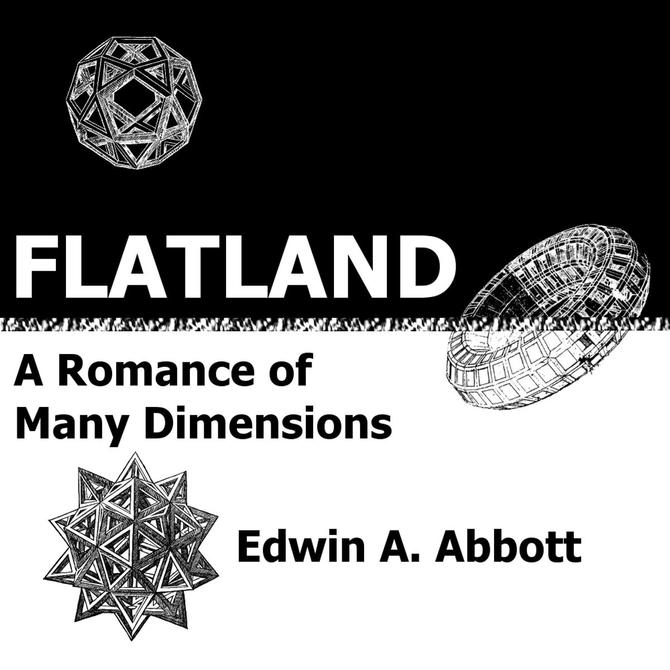
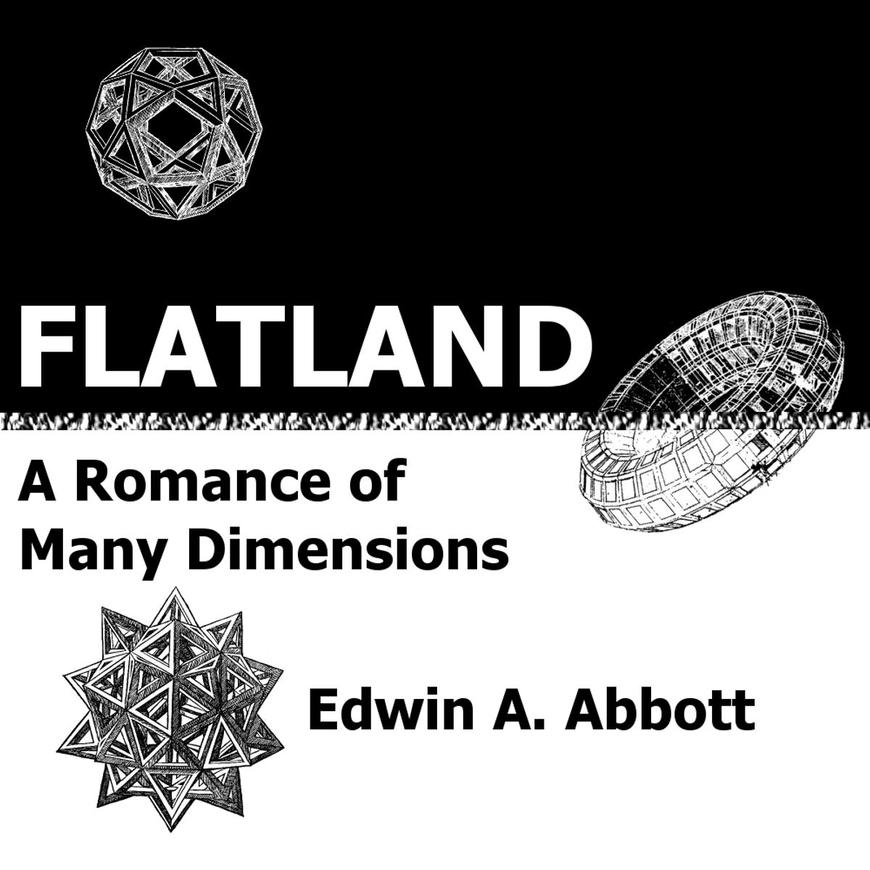
Different ideologies create “ingrained patterns” that limit new ways of seeing and understanding in various spheres of human life, such as art, science, politics, and morality. The allegories of Plato and Abbott are demonstrative examples of such state of affairs. In his science fiction novel Flatland: Romance of Many Dimensions, Edwin Abbott devotes much time to the public ideology. In its essence, this is an allegory, which uses geometric shapes and dimensions to describe the pressing problems of our time (Abbott 4). Besides that, there are two more lines in the book: social satire and theological reflections except for the presentation of mathematical concepts related to dimensions. From a social point of view, Flatland is an obvious satire on the English society of that time with its rigid class system and resistance to changes of any kind. Abbott describes the cruelty with which the neediest segments of the population treated, depriving them of the education possibility - the exclusive privilege of the social elite (Abbott 8). Along with social satire, Abbott also refers to the theological questions that interested him. The author describes a flat, two-dimensional world with the same ideology. Residents of this world have limited imagination and perception of life. The allegory with a penny laid on the table, described by the author at the beginning of the book, determines their worldview explicitly. So, what do flatlanders see? How are they “trapped within the borders of their vision?” Abbott says that flatlanders perceive all from the perspective of a one-sided view. He explains on a coin example that, depending on the angle of view, one can perceive the same object in different ways (Abbott 12). Thus, a circle coin may seem like an oval or even just a line (Abbott 12). Due to this limited point of view, people fall into a trap and do not see the whole picture, so they can not judge things fairly.
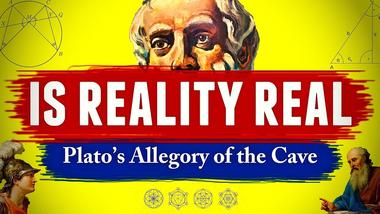
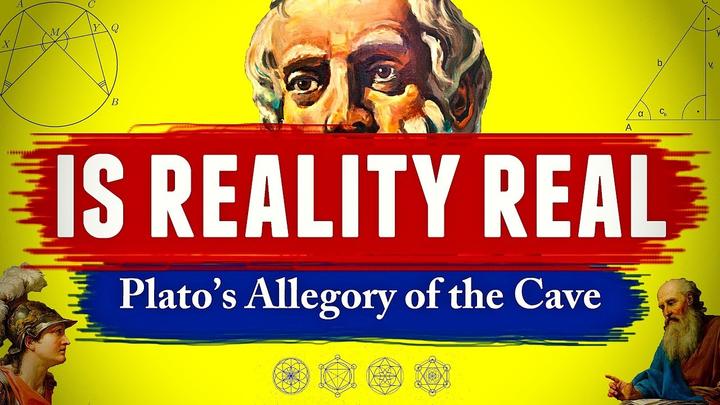
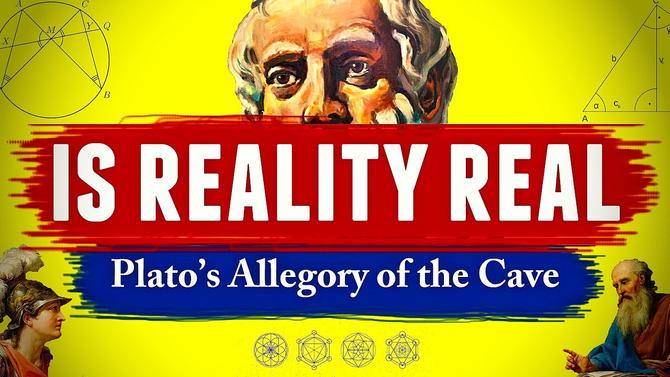
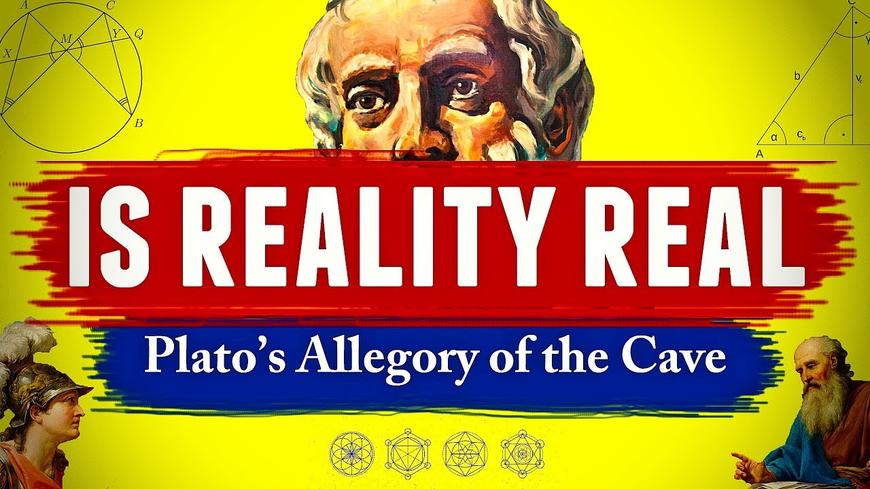
The myth of the Cave is the core of Plato’s idealistic view about the structure and meaning of human life. This myth Plato described in his work State as a dialogue between Socrates and Glaucon, Plato’s brother and initially, in the text itself, shows the need for the management of the Ideal State by philosophers since they are the ones who can see the real world and act for the good of all. The limitation in people’s worldview is a common feature of Plato’s The Allegory of the Cave and Abbott’s Flatland: Romance of Many Dimensions. Similar to Abbott’s focus on forms, Plato obsessed with the theme of shadows from objects (Plato 2). The writer was eager to enlighten people, push them to the path by which they would find the truth. The significance of Plato’s work multifaceted and has some aspects. In his work, the author called people prisoners of the cave, who are unable to turn their heads toward the light and therefore can see only the shadows cast by objects and not the very essence of things (Plato 3). Enlightenment of prisoners is a rather complex process, according to Plato, and means that a person gets out of this cave and opens to the light. After that, the political aspect comes to the fore and the person can return to the cave to enlighten other prisoners (Plato 4).
The above allegories are applicable to all spheres of public life. As was told earlier, one can examine ideology as a form of social consciousness and as a cultural phenomenon. As an element of culture, ideology is a product of people’s socio-political activities, their spiritual production. The masses and social communities do not directly create an ideology, but their interests, ideas about social and political life are the breeding ground for its formation. So, it is necessary to elevate one’s mind, as it is known that men’s perception limits their understanding of significant things. In a way, all people are peculiar prisoners of own “caves” or specific residents of “Flatlands.” One cannot take for granted the existing ideologies in politics, culture, art, morality, etc. It is worth remembering, ideology can contain incorrect, erroneous ideas about political, social, cultural processes and the state of public life along with genuine knowledge. It creates peculiar boundaries in the understanding of people, which is fraught with the emergence of negative consequences and a dangerous illusion of being.
In conclusion, it is worth saying that people should use their mind to the limit. It is necessary to expand the possibilities and boundaries of the worldview in order not to be inhabitants of Plato’s “caves” or the two-dimensional space of Abbott. In the modern world,